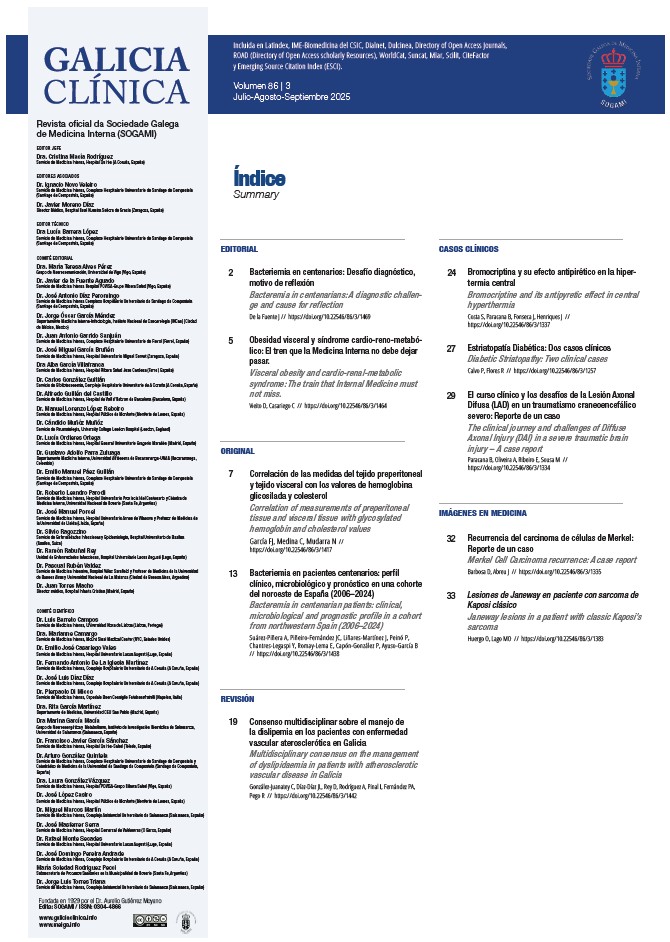Abstract
Background and Objectives: Obesity is a prevalent and increasingly common issue, strongly linked to conditions such as type 2 diabetes mellitus (T2DM) and dyslipidemia (DL). The role of fat, specifically visceral adipose tissue (VAT), and its subtype, preperitoneal adipose tissue (PAT), appears to be pivotal in visceral obesity and the development of related complications. The main objectives were to correlate the proportion of VAT measured by bioelectrical impedance analysis (BIA) and the thickness of PAT measured by ultrasound with analytical levels of HbA1c and total cholesterol (TC), as well as to assess their application in the diagnosis of T2DM and DL.
Materials and Methods: An observational, descriptive, and retrospective study was conducted with 72 patients attending the preoperative rehabilitation consultation at the Infanta Cristina University Hospital. These patients were assessed for VAT and PAT, and the results were correlated with their analytical levels of HbA1c and TC.
Results: The accumulation of both VAT and PAT showed a significant correlation with elevated HbA1c levels (p<0.001 and p=0.001, respectively), indicating the presence of T2DM. Additionally, isolated excess VAT was found to be associated with DL (p=0.041), likely due to its correlation with elevated TC levels.
Conclusions: The presence of a pathogenic link between visceral obesity, defined by the accumulation of VAT and PAT, with T2DM and DL, and its determination via BIA and ultrasound for body composition, may suggest a precise diagnosis of both conditions.

This work is licensed under a Creative Commons Attribution-NonCommercial-NoDerivatives 4.0 International License.
Copyright (c) 2025 Galicia Clínica

